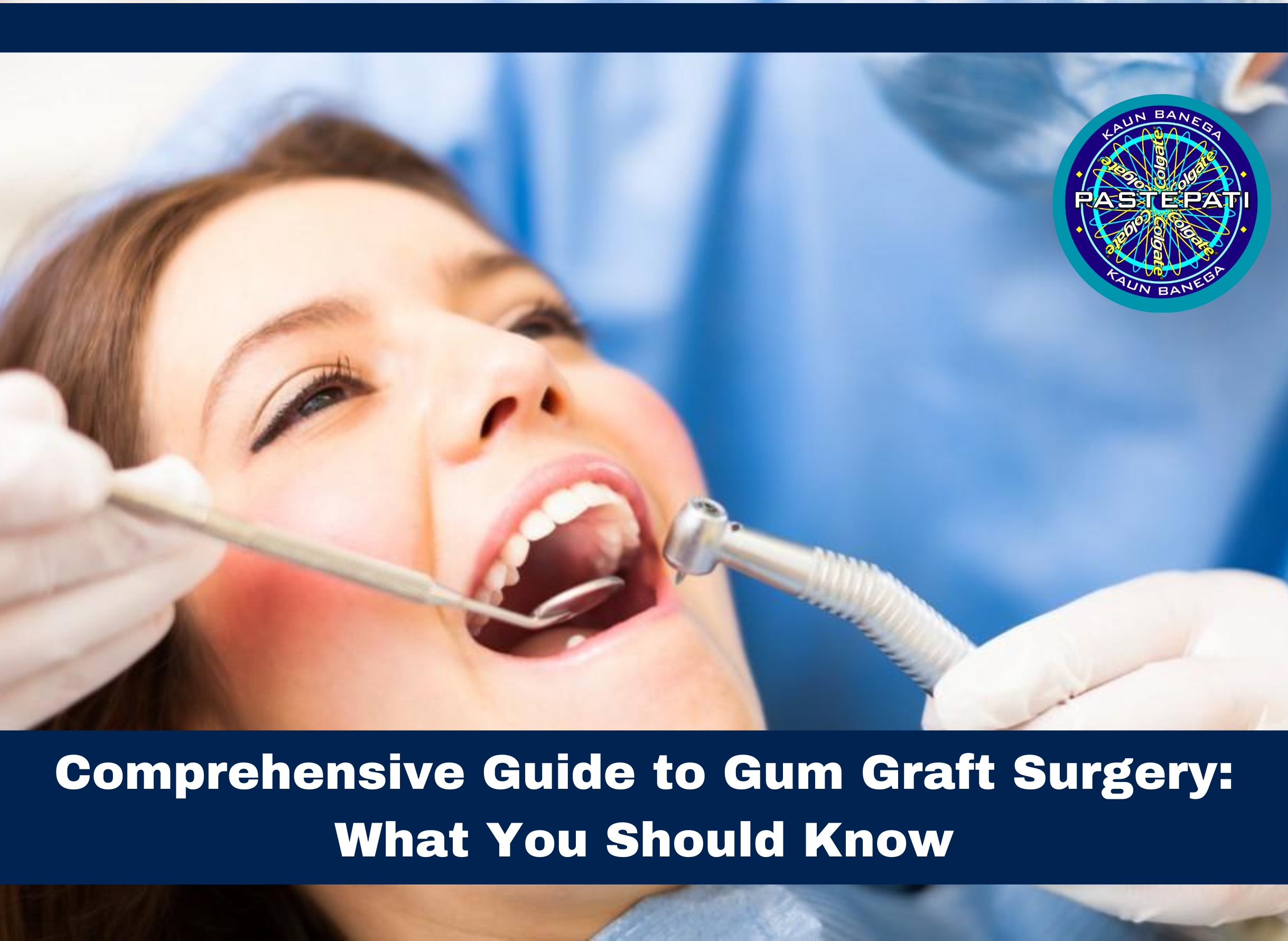
Maintaining a healthy smile is a universal desire, and it begins with understanding how to prevent one of the most common dental issues: cavities. Whether you’re a dental aficionado or someone looking for practical tips to keep your teeth cavity-free, this comprehensive guide will equip you with the knowledge and tools you need. We’ll walk you through the steps to prevent cavities effectively, and to make it even more personalized, we’ve included a questionnaire that will help you assess your current cavity risk. So, let’s dive into the world of cavity prevention.
Step 1: Assess Your Cavity Risk
Before we jump into cavity prevention strategies, let’s determine your current cavity risk. Please take a few moments to answer the following questions:
1. How frequently do you clean your teeth every day?
– [ ] Less than twice a day
– [ ] Twice a day
– [ ] After every meal
2. Do you floss regularly?
– [ ] Rarely or never
– [ ] Occasionally
– [ ] Daily
3. How often do you consume sugary or acidic foods and drinks?
– [ ] Multiple times a day
– [ ] Once a day
– [ ] Rarely
4. Have you had cavities in the past year?
– [ ] Yes
– [ ] No
5. Are you currently undergoing orthodontic treatment (e.g., braces or Invisalign)?
– [ ] Yes
– [ ] No
6. Do you visit your dentist for regular check-ups?
– [ ] Less than once a year
– [ ] Once a year
– [ ] Twice a year
Now, let’s calculate your risk level based on your answers:
– Low Risk: 0-2 points
– Moderate Risk: 3-4 points
– High Risk: 5-6 points
Step 2: Understanding Cavities
Understanding cavities is crucial in preventing them. Cavities, also known as dental caries or tooth decay, occur when bacteria in your mouth produce acids that erode tooth enamel over time. This process leads to the formation of small holes or cavities in your teeth. To prevent cavities effectively, you need to grasp how they develop.
Step 3: Maintaining Proper Oral Hygiene
Now that you’ve assessed your risk and understand what causes cavities, it’s time to implement preventive measures. A solid oral hygiene routine is your best defense against cavities. Here’s how to do it:
– Brush Your Teeth: Brush your teeth with fluoride toothpaste at least twice a day. Be gentle and use a soft-bristle brush to avoid damaging your enamel.
– Floss Regularly: Flossing helps remove food particles and plaque between teeth, where your toothbrush may not reach effectively. Make it a daily habit.
– Use Mouthwash: Consider using an antimicrobial mouthwash to reduce the number of cavity-causing bacteria in your mouth.
– Chew Sugarless Gum: Chewing sugarless gum, especially after meals, can help stimulate saliva production, which neutralizes acids and strengthens tooth enamel.
Step 4: Watch Your Diet
Your diet has a significant influence on cavity prevention. What you eat and drink has a direct impact on your oral health. Here are some dietary tips:
– Limit Sugary and Acidic Foods: Sugary and acidic foods and drinks feed the bacteria that cause cavities. Reduce your consumption of soda, candy, and acidic fruits.
– Opt for Water: Water is your best friend. It helps rinse away food particles and keeps your mouth hydrated, reducing acid buildup.
– Choose Tooth-Friendly Snacks: Snack on tooth-friendly foods like fresh fruits, vegetables, yogurt, and cheese.
Step 5: Fluoride Is Your Friend
Fluoride is a mineral that can build tooth enamel and make it more acid-resistant. Here’s how to make the most of fluoride:
– Use Fluoride Toothpaste: Ensure your toothpaste contains fluoride. This mineral helps repair early tooth decay and prevents cavities.
– Drink Tap Water: Many public water supplies are fluoridated, providing a natural source of fluoride. If your water isn’t fluoridated, consider fluoride supplements as recommended by your dentist.
Step 6: Regular Dental Check-ups
No matter how diligent your oral care routine is, regular dental check-ups are essential. Your dentist can detect cavities in their early stages and provide professional cleanings and treatments as needed. Make it a habit to visit the dentist at least twice a year.
Step 7: Protective Treatments
If your cavity risk is high or if you’ve had cavities in the past, consider these additional preventive treatments:
– Dental Sealants: Your dentist can apply dental sealants to the chewing surfaces of your molars to protect them from decay.
– Fluoride Treatments: Professional fluoride treatments at your dental clinic can further strengthen your teeth.
Step 8: Know the Signs of Cavities
Being proactive is crucial. Familiarize yourself with the signs of cavities, which include tooth sensitivity, pain when biting, and visible holes or pits in your teeth. If you notice any of these signs, see your dentist promptly.
Conclusion
Preventing cavities is not only about maintaining a beautiful smile but also about ensuring the health and longevity of your teeth. By following the steps outlined in this guide and taking the cavity risk assessment, you can personalize your approach to cavity prevention. Remember, a healthy smile starts with you, and regular visits to a trusted dental clinic in Ludhiana will further ensure your oral health is in good hands. Prioritize your dental health today to enjoy a cavity-free, confident smile for years to come.




